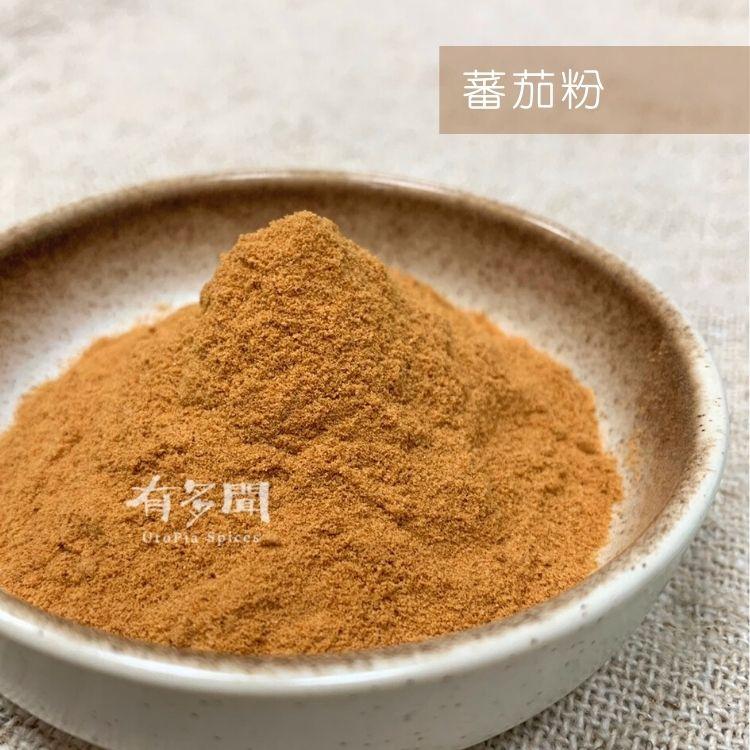
Cinnamon sticks, also often called cinnamon sticks, are made from the inner bark of the cinnamon tree.
Feature:
Appearance: Cinnamon sticks are curly strips, usually brown in color, and hard in texture.
Taste and Smell:
Cinnamon has a unique sweet and warm aroma.
Origin:
Vietnam
Cooking dishes:
Baking: Cinnamon is a key ingredient in many desserts, breads and baked goods, such as cinnamon rolls and apple pie.
Hot beverages: Cinnamon sticks are often added to hot tea, coffee, or hot chocolate to add flavor.
Curries and Stews: In some Asian cuisines, cinnamon sticks are used as an aromatic spice.
Meals and sauces: Cinnamon is used to provide a specific flavor in some Indian dishes or Middle Eastern dishes.
Applicable dishes:
Indian curry, cinnamon braised dried beans, Vietnamese pho soup, Indonesian vegetable chicken soup, cinnamon rolls, cinnamon apple cake, crepes, churro sticks, cappuccino, mulled wine, Indian milk tea
**When cooking with cinnamon sticks, it is usually added early in the cooking process to release its aroma. After cooking, it is usually removed from the dish as its texture is too firm to be eaten.









